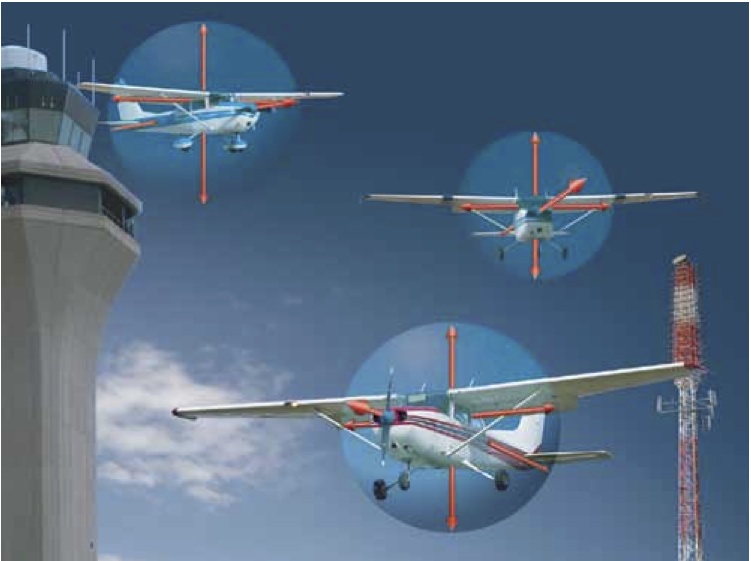Non Directional Beacon Installation
Nautel NDB Systems for the Offshore Market Gary Galbraith. • LF/MF Navigational non-directional radio beacon. • Installation Supervision and Commissioning. Usb Mouse Trackball Hack: Full Version Software.
This symbol denotes an NDB on an. A hollow square superimposed on this symbol indicates a co-located installation. A non-directional (radio) beacon ( NDB) is a at a known location, used as an aviation or marine aid. As the name implies, the signal transmitted does not include inherent directional information, in contrast to other navigational aids such as, (VOR) and. NDB signals, so they can be received at much greater distances at lower altitudes, a major advantage over VOR. Kingdom Hearts 2 Final Mix Save File Pcsx2 Windows.
The JTM-30C-DV-250 is a new generation, all-in-one, 250W P.E.P. NDB (Non-Directional-Beacon) Radio Transmitter designed for on-board use by oil rigs, deep-sea vessels. NAVIGATION INTRUMENTATION – ADF 1. A Non Directional Beacon, abbreviated ‘NDB’, is a ground installation consisting of a LF transmitter which.
However, NDB signals are also affected more by atmospheric conditions, mountainous terrain, coastal refraction and electrical storms, particularly at long range. NDBs used for aviation are standardised by Annex 10 which specifies that NDBs be operated on a frequency between 190 and 1750 kHz, although normally all NDBs in operate between 190 kHz and 535 kHz.

Each NDB is identified by a one, two, or three-letter callsign. Download C# Winform Print Pdf on this page. In Canada, privately owned NDB identifiers consist of one letter and one number. North American NDBs are categorized by power output, with low power rated at less than 50, medium from 50 W to 2,000 W and high being over 2,000 W.
Contents • • • • • • • • • • • • • • • Automatic direction finder equipment NDB navigation consists of two parts — the (or ADF) equipment on the aircraft that detects an NDB's signal, and the NDB transmitter. The ADF can also locate transmitters in the standard broadcast band (530 kHz to 1700 kHz at 10 kHz increments in the Americas, 531 kHz to 1602 kHz at 9 kHz increments in the rest of the world). ADF equipment determines the direction or bearing to the NDB station relative to the aircraft by using a combination of directional and non-directional antennae to sense the direction in which the combined signal is strongest.
This bearing may be displayed on a (RBI). This display looks like a compass card with a needle superimposed, except that the card is fixed with the 0 degree position corresponding to the centreline of the aircraft. In order to track toward an NDB (with no wind) the aircraft is flown so that the needle points to the 0 degree position, the aircraft will then fly directly to the NDB. Similarly, the aircraft will track directly away from the NDB if the needle is maintained on the 180 degree mark.
With a crosswind, the needle must be maintained to the left or right of the 0 or 180 position by an amount corresponding to the drift due to the crosswind. (Aircraft Heading +/- ADF needle degrees off nose or tail = Bearing to or from NDB station). The formula to determine the compass heading to an NDB station (in a no wind situation) is to take the relative bearing between the aircraft and the station, and add the magnetic heading of the aircraft; if the total is greater than 360 degrees, then 360 must be subtracted. This gives the magnetic bearing that must be flown: (RB + MH)%360 = MB. When tracking to or from an NDB, it is also usual that the aircraft track on a specific bearing. To do this it is necessary to correlate the RBI reading with the compass heading.
Having determined the drift, the aircraft must be flown so that the compass heading is the required bearing adjusted for drift at the same time as the RBI reading is 0 or 180 adjusted for drift. An NDB may also be used to locate a position along the aircraft's current track (such as a radial path from a second NDB or a VOR). When the needle reaches an RBI reading corresponding to the required bearing then the aircraft is at the position. However, using a separate RBI and compass, this requires considerable mental calculation to determine the appropriate relative bearing. To simplify this task, a compass card driven by the aircraft's magnetic compass is added to the RBI to form a 'Radio Magnetic Indicator' (RMI). The ADF needle is then referenced immediately to the aircraft's magnetic heading, which reduces the necessity for mental calculation. Many RMIs used for aviation also allow the device to display information from a second radio tuned to a station; the aircraft can then fly directly between VOR stations (so-called 'Victor' routes) while using the NDBs to triangulate their position along the radial, without the need for the VOR station to have a co-located.